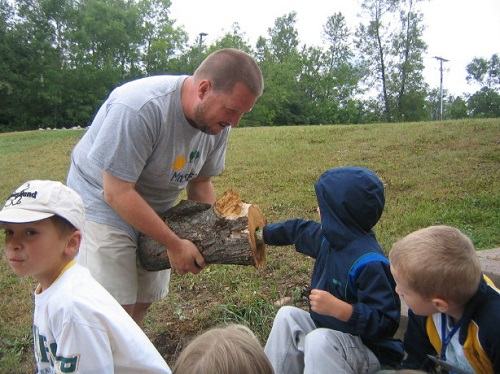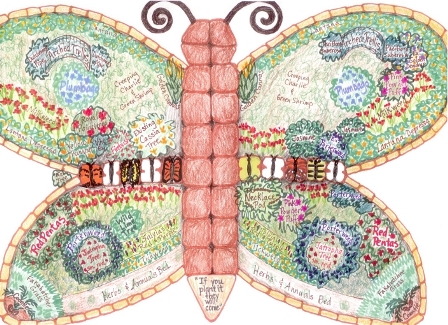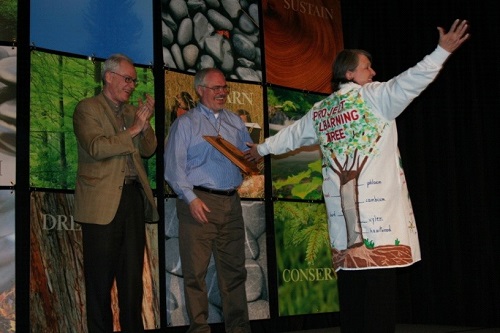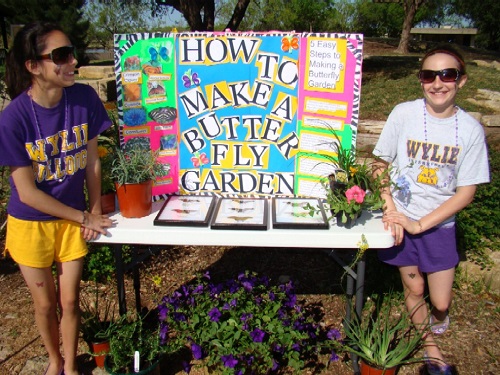
Why Teach Outside?
Nature helps children’s development–intellectually, emotionally, socially, spiritually, and physically. Studies show that teaching outdoors produces student gains in social studies, science, language arts and math.

Nature helps children’s development–intellectually, emotionally, socially, spiritually, and physically. Studies show that teaching outdoors produces student gains in social studies, science, language arts and math.

Sixteen schools across the country participated in the MonarchLIVE project to build butterfly gardens. Here are the stories of three of those schools.

Create your own painted lab coats! These powerful visual tools engage students in learning about science and the environment.
Debra Wagner uses PLT activities in her fourth grade at St. Paul Lutheran School in Lakeland, Florida, and helped her school become PLT-certified.
Amber Hodges is a project associate for the Virginia Cooperative Extension in Roanoke, Virginia, who provides programming to about 1,800 K–12 students per year.

A successful service-learning project is more than just volunteering—it involves students applying knowledge and skills to make a difference in their communities.
Denise Trufan is a science lab facilitator for grades K-5 who launched a recycling program at Indian Land Elementary School, Indian Land, South Carolina.
Deborah Todd, a fifth grade language arts and science teacher at Slate Hill Elementary School in Worthington, Ohio, also serves on the Ohio PLT Board.
Pam Wilson is a K-8 substitute teacher and facilitator with the Oregon Natural Resources Program in Corvallis who introduces PLT to pre-service teachers.
Elizabeth Burke is a parent volunteer and master naturalist in Fairfax County, Virginia, who uses PLT to train parents to be classroom docents.